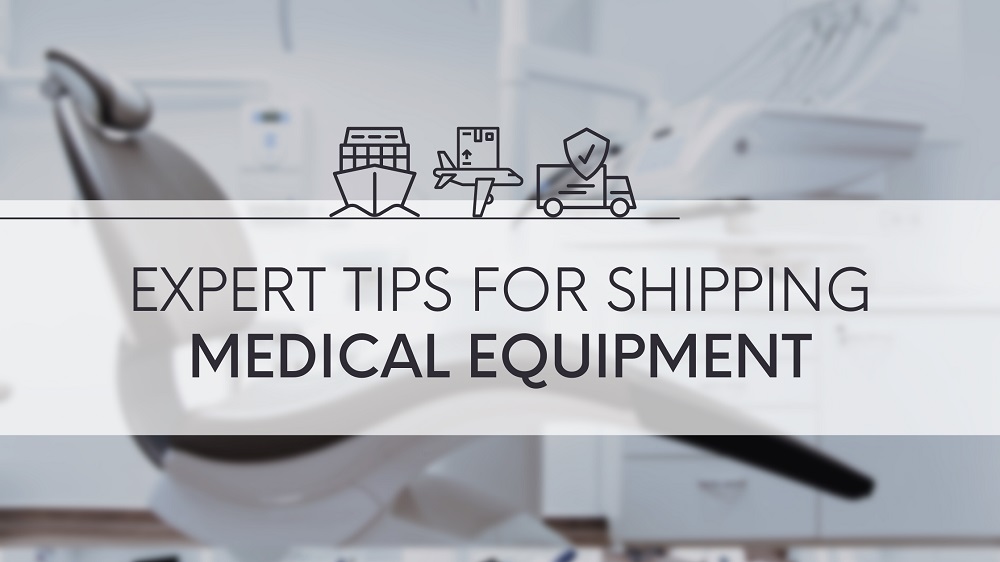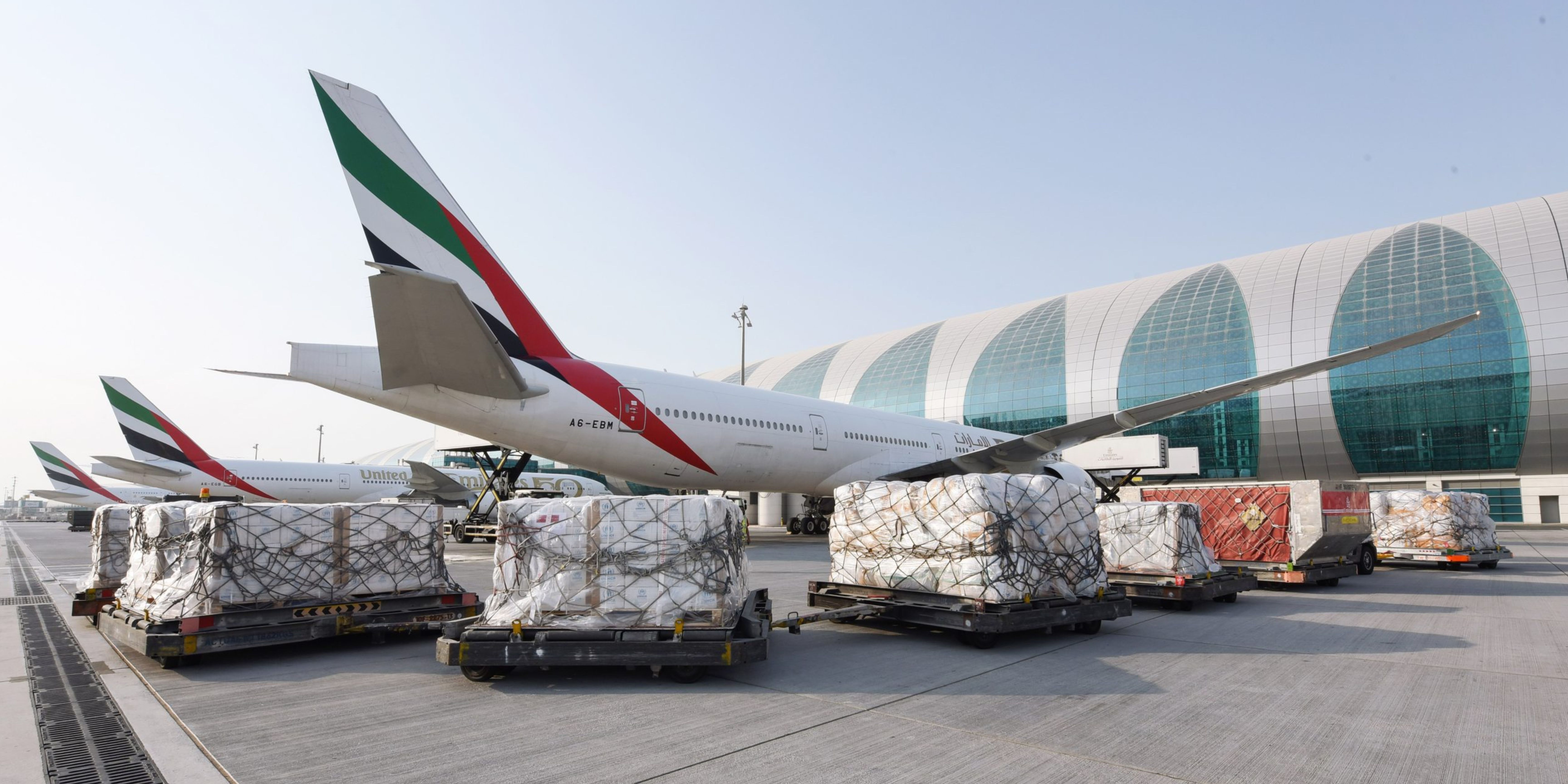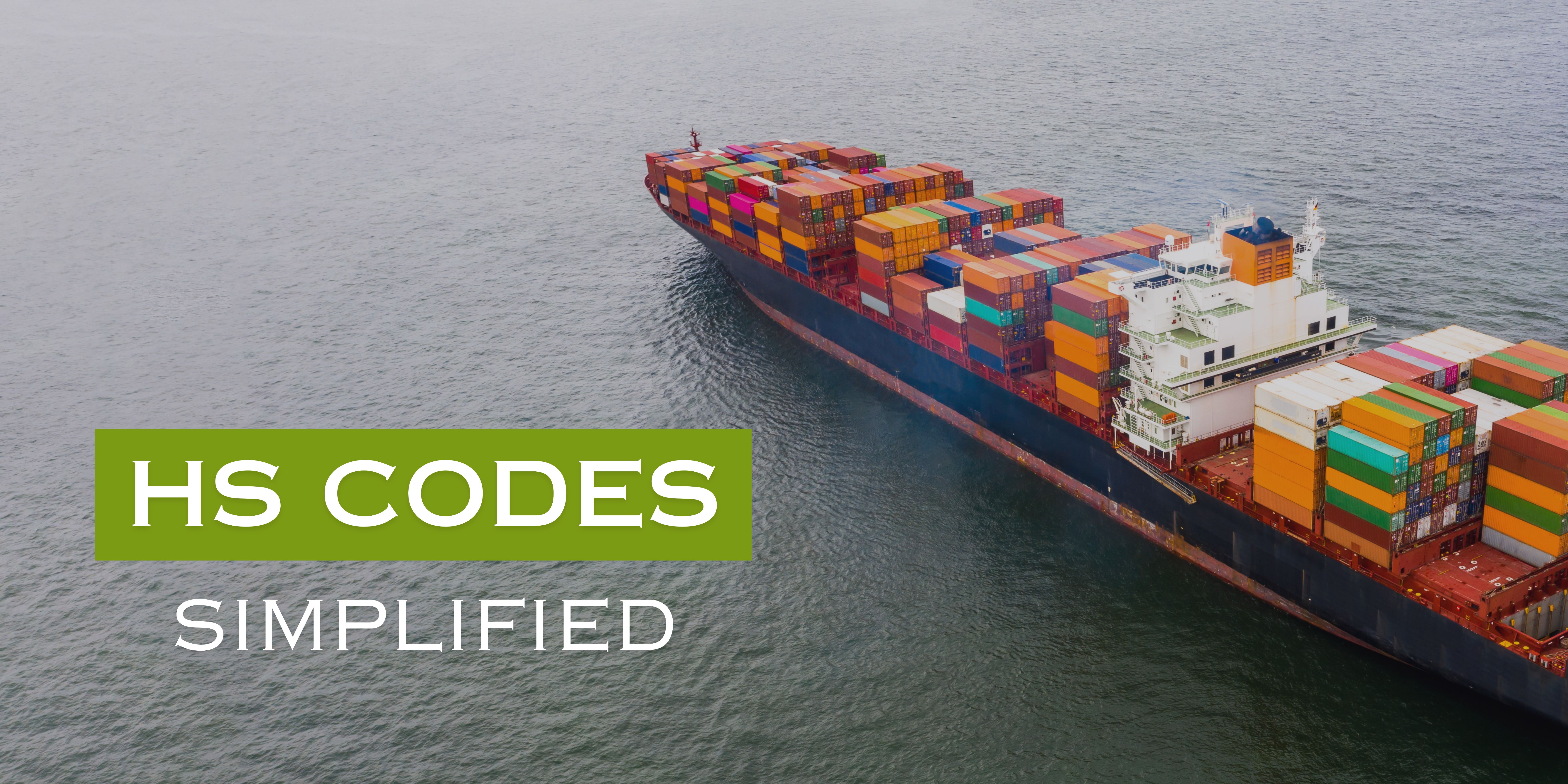Are you in the medical equipment industry and looking to expand your reach into the booming healthcare market in the UAE? If you are preparing to ship medical equipment to the UAE, you are in the right place.
Shipping medical equipment to the UAE can seem like a daunting task, but with the right guidance, it can be a seamless process. In this guide, we will provide expert tips and inside knowledge on how to navigate the regulations and avoid delays and common pitfalls.
From what shipping method to choose and types of medical cargo to understanding the necessary paperwork and customs fees, we've got you covered. Experts at Vervo Middle East have provided here all the tools you need for a successful importation, whether it is registered or unregistered medical equipment.
Join us as we take you through the step-by-step process of shipping medical equipment to the UAE to ensure your medical equipment reaches its destination in the UAE in the most efficient and compliant way possible.
What do you need to know first about the healthcare market in the UAE?
The healthcare market in the United Arab Emirates is one of the fastest-expanding industries in the country. This is due to the rising need for transporting healthcare equipment and advanced medical services to the UAE, as well as the government’s dedication to expanding the industry.
The UAE’s healthcare equipment market is presently valued at approximately AED 2.5 billion. The majority of the healthcare supplies in the UAE are imported, with the US, Germany, and China being the primary providers.
The process of transporting medical equipment to the UAE is overseen by the Ministry of Health. To transport medical equipment to the UAE, the importer must be a UAE-based individual or organization with an import license. Only UAE nationals can be registered as individual importers of medical equipment. Previously, only enterprises entirely owned by UAE citizens could apply for an import license; currently, firms having both a UAE shareholder and a foreign shareholder can apply.
Shipping methods available for transporting medical equipment to the UAE
Shipping medical equipment to the UAE can be done through various methods, including air freight, sea freight, express courier services, and multimodal transport. Each method has its own set of advantages and disadvantages, such as cost, speed, and handling of the equipment. It is important to choose the right shipping method based on the specific needs of the equipment and the urgency of the shipment. In the following, we will discuss the various shipping methods available for shipping medical equipment to the UAE and the factors to consider when making a decision.
Air Cargo: This is the fastest way to ship medical equipment to the UAE, as it only takes a few days to reach its destination. However, it is also the most expensive option.
Sea Freight: This is a more cost-effective option for shipping large quantities of medical equipment to the UAE. It can take several weeks to reach its destination, but it is generally more affordable than air cargo.
Road Transport: This is a good option for shipping medical equipment within the GCC countries, as it is relatively quick and cost-effective.
Courier Services: This is a convenient option for shipping smaller, less fragile medical equipment to the UAE. It is relatively quick and affordable, but it may not be suitable for larger or more delicate equipment.
Multimodal shipping
It is a method of transportation that involves the use of more than one mode of transportation, such as a combination of shipping by sea, truck, and/or train. This can be beneficial in shipping medical equipment to the UAE as it allows for flexibility in routing and can potentially reduce transit time and costs. It also allows for a more efficient and cost-effective way of handling cargo by reducing the need for multiple handling and enabling the use of specialized equipment for different modes of transport. In order to use multimodal shipping, a shipper will typically use a freight forwarder or logistics provider who can coordinate the different modes of transportation and handle all the necessary documentation and customs clearance.
It's important to note that the method of shipping medical equipment to the UAE will depend on the nature of the equipment, the quantity, and the urgency of the delivery. It's best to consult with freight forwarding experts at Vervo Middle East or our licensed customs brokers for the best option for your specific needs. Get a free bespoke consultation.
Cargo type and the shipping options
The transportation method for shipping medical equipment will depend on the type of equipment and the specific requirements for its safe transport. Some medical equipment may require refrigerated or temperature-controlled shipping, while other equipment may require specialized packaging and handling to ensure it is not damaged during transport. Some equipment may also require ventilated shipping to prevent overheating. types of medical equipment transportation can include:
Hazardous material transportation, for equipment that contains dangerous chemicals or materials.
Controlled environment transportation, for equipment that requires a specific temperature and humidity range to maintain functionality
Protected transportation, for fragile or high-value equipment that requires extra protection during transport.
Ventilated transportation, for equipment that requires a specific amount of airflow to maintain functionality.
Temperature-controlled medical equipment, for vaccines, blood products, insulin, and medical devices that require specific temperature storage, such as some diagnostic instruments and imaging equipment.
It is important to consult with the manufacturer or supplier of the medical equipment to determine the appropriate shipping method and handling requirements. Or call our freight experts to determine the cargo class and the best mode of transportation. Also, It is always advisable to work with a reliable logistics company with long experience in shipping medical equipment like Vervo Middle East to ensure the equipment is transported in compliance with relevant laws and regulations.
How to import registered medical equipment into the UAE
When shipping medical equipment to the UAE, it's important to understand the difference between registered equipment and unregistered equipment. Also, keep the country's customs rules, and regulations in mind.
Registered equipment refers to medical devices and equipment that have been registered and approved by the UAE Ministry of Health and Prevention (MOHAP) or the Dubai Health Authority (DHA) for use in the country. This includes items such as diagnostic equipment, surgical instruments, and medical imaging devices.
You must provide a manufacturer's certificate of compliance, in addition to a commercial invoice with a full description of the medical items being transported and the quantity of cargo. Check with the UAE's customs department to make sure the equipment you're shipping isn't on the list of restricted or prohibited items. The Ministry will accept compliance certifications from countries such as the EU, Australia, Canada, the United States, Japan, and Singapore.
Remember, even if your company has a license to import medical equipment, federal laws require that all medical supplies be registered with the Ministry before they can be used.
A new medical device or drug registration application must be approved by the ministry. The application is filed by the manufacturer of the country of origin in coordination with the local authorized agent. The foreign manufacturer must also identify the local authorized agent who will act on the manufacturer's behalf in the UAE in terms of the manufacturer's legal duties and responsibilities. Request your free shipping quote today for hassle-free shipping!
How to import unregistered medical equipment into the UAE
When it comes to importing unregistered medical items, federal laws allow for some exceptions. These exclusions are granted for emergency medical supplies and therapies for rare diseases. It also applies if the medical supplies are not easily available officially for some reasons such as the registration has been canceled by the Ministry due to lack of demand or if it is not regulated yet by the ministry that may be too costly to register. The mechanism of getting specific approvals from the ministry makes it possible for both patients and doctors to receive treatments.
A letter of therapeutic justification from a certified doctor and a local purchase order from a hospital or clinic is required to import unregistered medical equipment. Overall, to get approval from the Ministry, you must submit a valid business certificate - Trade Certificate, a Ministry importer license, a justification letter, a purchase order, and a declaration letter from the hospital or clinic.
Furthermore, unregistered medical equipment can only be imported through approved UAE medical firms. In some cases, the Ministry sets limits such as demanding that the medicine be listed in the country of origin and that the application be made by the hospital's or medical director's head who requires the medical equipment.
When shipping medical equipment to the UAE, it's important to work with a reputable freight forwarder or logistics provider who has experience in handling and transporting medical equipment. They can help ensure that your equipment is properly packaged and labeled and that it meets all the necessary regulations and requirements for import into the UAE. Get a free consultation session with our logistics specialists and customize your solution within 60 minutes!
Paperwork and customs fees for shipping medical equipment to the UAE
To import medical equipment into the UAE, certain paperwork and customs fees may be required. The paperwork required may include:
- A valid import license from the Ministry of Health and Prevention (MOHAP) or the Dubai Health Authority (DHA).
- A certificate of conformity or compliance from the country of origin, certifying that the equipment meets UAE safety and quality standards.
- An invoice or purchase order for the equipment.
- A bill of lading or airway bill, showing the details of the shipment.
- A certificate of origin and a certificate of insurance in case of damages or loss.
- A packing list, detailing the items in the shipment.
- A product registration certificate (PRC) in case of a device or equipment.
A local purchase order from a hospital or clinic, as well as a justification letter from a qualified doctor in case of importing unregistered medical equipment.
The customs fees required may include:
- Customs duty, which is based on the Harmonized System (HS) code of the goods and the country of origin.
- Storage and handling fees, if the shipment is held in a bonded warehouse before the clearance.
It's important to note that regulations and requirements for importing medical equipment into the UAE may change from time to time, so it's a good idea to check with the relevant authorities for the most up-to-date information.
In order to learn more about how to get a permit to import medical equipment for the local agent who holds a valid medical store license issued by MOHAP check out this infographic.
The handling process of medical equipment in nutshell:
The handling process of medical equipment is a critical step in ensuring the safe and efficient transport of the equipment. Proper handling is necessary to protect the equipment from damage during transportation and to ensure that it arrives in good working condition at its final destination. The handling process includes a series of steps such as packaging, labeling, and documentation, as well as the use of specialized equipment and techniques. It typically involves several steps, including:
- Packaging: Medical equipment is carefully packaged to ensure that it is protected from damage during transit. This may include wrapping the equipment in bubble wrap, placing it in a sturdy box, and securing it with packing tape.
- Labeling and documentation: The package is labeled with the necessary shipping information and documentation, such as the recipient's address and contact information, and a detailed list of the contents of the package.
- Transportation: The packaged equipment is then transported to the airport or shipping port, where it is loaded onto a plane or ship for transport to the destination.
- Unpacking and inspection: Upon receipt, the package is unpacked and the equipment is inspected for any damage or defects.
If you are in need of shipping medical equipment but unsure of how to properly handle and transport it, call us today. Our team of experts is dedicated to ensuring the safe and efficient transport of your equipment. We specialize in providing customized handling solutions tailored to the unique needs of your equipment. Don't just trust anyone with your valuable assets, trust the experts. Contact our team today and get to know our specialized handling options for medical equipment shipping.
How shipping medical equipment works at Vervo Middle East
The process might sound complicated and full of paperwork. At Vervo Middle East we cover the whole process from A to Z. Our logistics services suite includes documentation and customs clearance, warehousing, storage and distribution, cargo insurance, and cargo tracking. We are specialized in transporting various types of cargo and serve in over 120 countries including the UAE via air, sea, multimodal, and land with a wide range of special delivery and special handling solutions all customized to your needs. Get your free, personalized shipping quote today Our freight experts help you by organizing the transport of your medical equipment and providing convenient logistical support.
Get in touch with us today at +971508723352 or send us an email at




